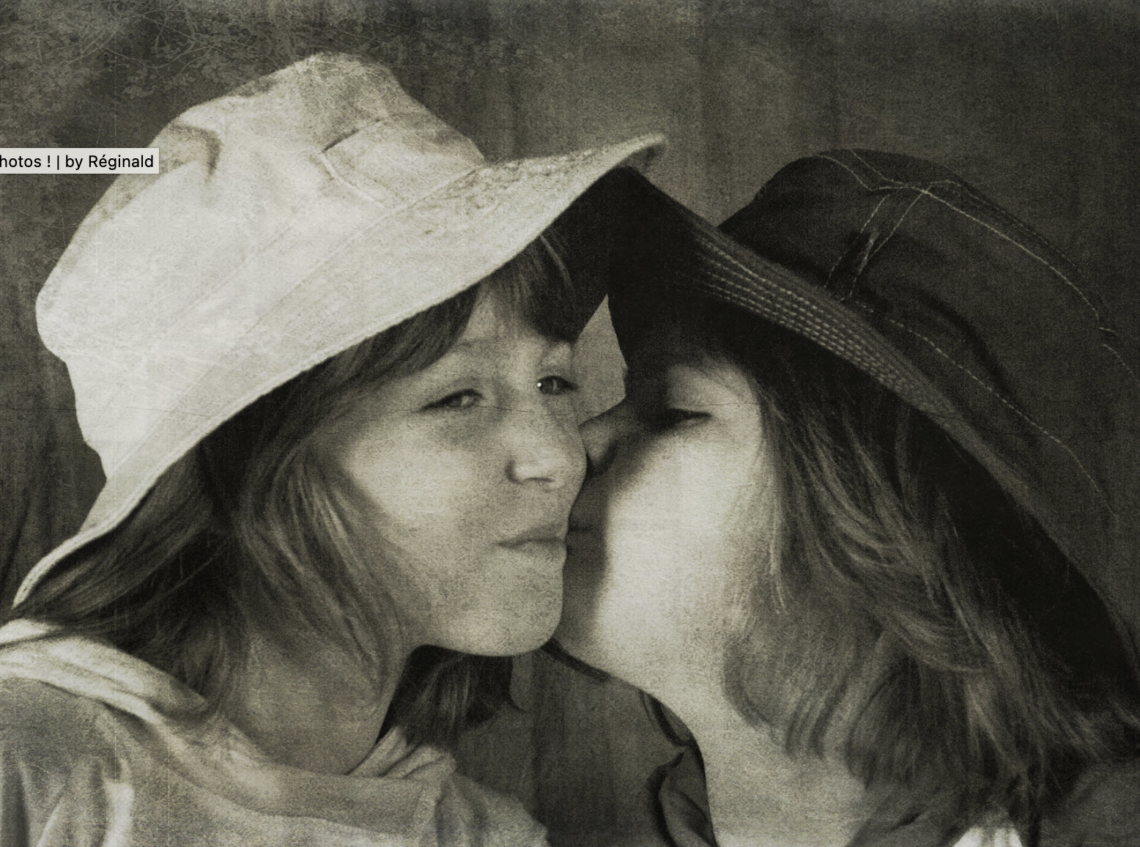
Counting kisses in Europe
Do you suffer a flash of fear at the thought of how to greet people in Europe? Is a kiss inappropriate? Should you double or triple kiss? Is a handshake a bit formal? Allay you concerns, read on. With the vast number of countries at such close proximity, each with their own ideas about what is standard by way of greeting, Europe offers a plethora of options to put your foot in it. Practicing graceful social etiquette in such circumstances can be a tricky business. Never fear, wherever you go people are people, and most understand that if you are not local you may have different customs. Dive into new encounters prepared to follow the lead of others and take the occasional mis-kiss in good humour, and you will be fine. Perhaps most importantly, remember that a smile goes a long way. A general idea to keep in mind is that Northern European nations are often more formal in their greetings than those from southern European countries and the ones on the Mediterranean, who are often more touchy-feely.
The British are friendlier than their rather prudish and formal reputation and tend to greet each other with a warm handshake and an important glimpse of eye contact. People are introduced using titles in formal settings. In more casual encounters people may hug each other in greeting. Friends and relatives may offer a single kiss on the cheek.
How many kisses in France?
The French are possibly the most confusing nation in Europe when it comes to greetings. In most of France two cheek kisses is the norm but in some places it is three and in others four, meaning that arriving at and leaving gatherings can be a time-consuming process. If in any doubt let the French person take the lead. The French are very concerned with politeness and will always greet strangers with a ‘Bonjour Monsieur’ or ‘Bonjour Madame’. They keep things formal until invited to do otherwise.
The Netherlands
Cheek kissing is also widely practiced in the Netherlands where one kiss is normal in the north and three is standard in the south. Men will not usually kiss each other but shake hands instead. The Dutch are fairly reserved when greeting each other but hold politeness in high respect. Eye contact is expected and an absence of it may be understood to indicate someone is uninterested or lying.
Germany
By contrast Germans tend to be more formal and stick to handshakes. Titles are used when meeting people for the first time. In more casual settings two cheek kisses and a hug may be offered. When meeting a group of people you are expected to greet everyone on arriving and on departing. Leaving a gathering without appropriate departure greeting is considered rude and is referred to as ‘The Polish Retreat’. Germans also like to see each others’ hands and keeping your hands in your pockets while speaking is considered disrespectful.
Belgium
Belgians tend to be conservative and a handshake with everyone in the room, including children, is normal but once people are familiar three cheek kisses is the norm. It is also proper to greet everyone when departing. When being introduced to others it is normal to repeat your surname.
Russia
Greetings are typically formal in Russia and may even seem unfriendly as people do not necessarily smile. Gloves should be removed before a handshake, which should not take place over a threshold as it is believed to lead to arguments. Russians often stand very close when speaking together which can seem intimidating. Female friends offer each other three cheek kisses. Male friends may pat each other on the back.
Spain
The liveliness and generally high noise levels in Spain, it can be argued, are largely attributable to the constant greetings dished out between Spaniards. Verbal greetings are frequent and friendly. Shaking hands and cheek kissing, starting with the right cheek, is standard. Men may slap each other on the back instead of kissing.
Italy
Initial greetings between strangers retain a certain formality in Italy, with everyone greeting each other with handshakes, and simultaneous eye contact is expected. It is best not to use first names until invited to do so. However, Italian greetings are often enthusiastic and friends share cheek kisses, usually starting with the left. Be aware that Italians pepper their speech with hand gestures but be very careful to understand gestures properly before attempting to use them yourself.
Greece
Greeks will shake hands on initial meetings but tend to be more affectionate and cheek kissing is common, although not between strangers. Back slapping is more common than hand shaking between friends. In most regions of Greece cheek kissing is common between female friends and between men and women, but in some areas men will also cheek kiss other men. Small value is given to personal space in Greek culture and friends will often be seen touching each other on the shoulders or back while talking.
Turkey
When meeting for the first time a handshake is normal in Turkey and for men who know each other sharing cheek kisses is standard. Cheek kissing between women is also common, but unusual with strangers. In contrast to much of Europe it is not common for men and women to share cheek kisses unless they are very close friends or relatives. Two cheek kisses is the norm. When meeting elders respect is demonstrated by kissing their right hand and placing it against the forehead of the younger party.
Where have you encountered a greeting that is different from what you are used to?
Photo credit: Reginald




